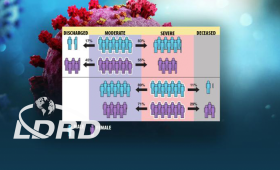A Livermore team has developed a comprehensive dynamic model of COVID-19 disease progression in hospitalized patients, finding that risk factors for complications from the disease are dependent on the patient’s disease state.
Science and Technology
in the News
Science and Technology
in the News
News Center
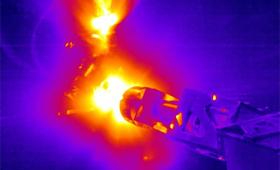
Two of the fields that stand to gain from the National Ignition Facility’s record shot are stockpile stewardship science and the quest for inertial fusion energy (IFE).
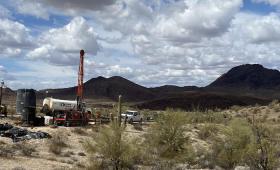
Livermore, Penn State, and University of Arizona researchers are partnering with industry collaborator Western Rare Earths, U.S. subsidiary of American Rare Earths Limited, to use a naturally occurring protein to extract and purify rare earth elements from abundant, domestic ore-based feedstocks and waste materials without harming the environment.
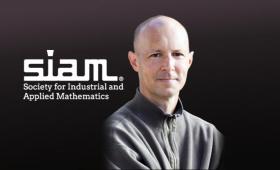
The Society for Industrial and Applied Mathematics announced Livermore computational mathematician Rob Falgout as the recipient of the 2022 SIAM Activity Group on Supercomputing Career Prize.
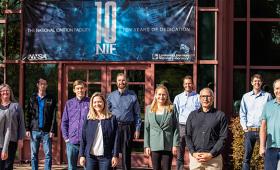
Increasingly sophisticated computational models and simulations helped guide the National Ignition Facility’s record-breaking 1.3-megajoule experiment.
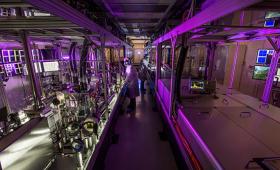
Livermore and ELI-Beamlines in the Czech Republic have reached a major agreement to ramp up performance of the L3-High-Repetition-Rate Advanced Petawatt Laser System to its full design capabilities.
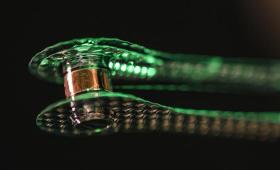
The achievement of a burning plasma state on November 2020 and February 2021 at the National Ignition Facility (NIF) is described in a paper in Nature.
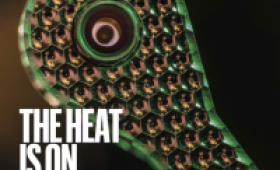
Livermore researchers report on the achievement of a burning plasma at Livermore's National Ignition Facility.
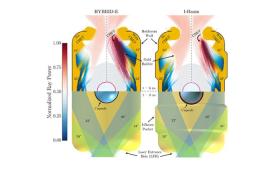
The target and laser designs that achieved a burning plasma state on November 2020 and February 2021 at the National Ignition Facility are described in a Nature paper.
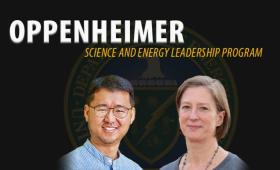
The Oppenheimer Science and Energy Leadership Program has selected Livermore computer scientist Kathryn Mohror and materials scientist T. Yong Han as 2022 fellows.


